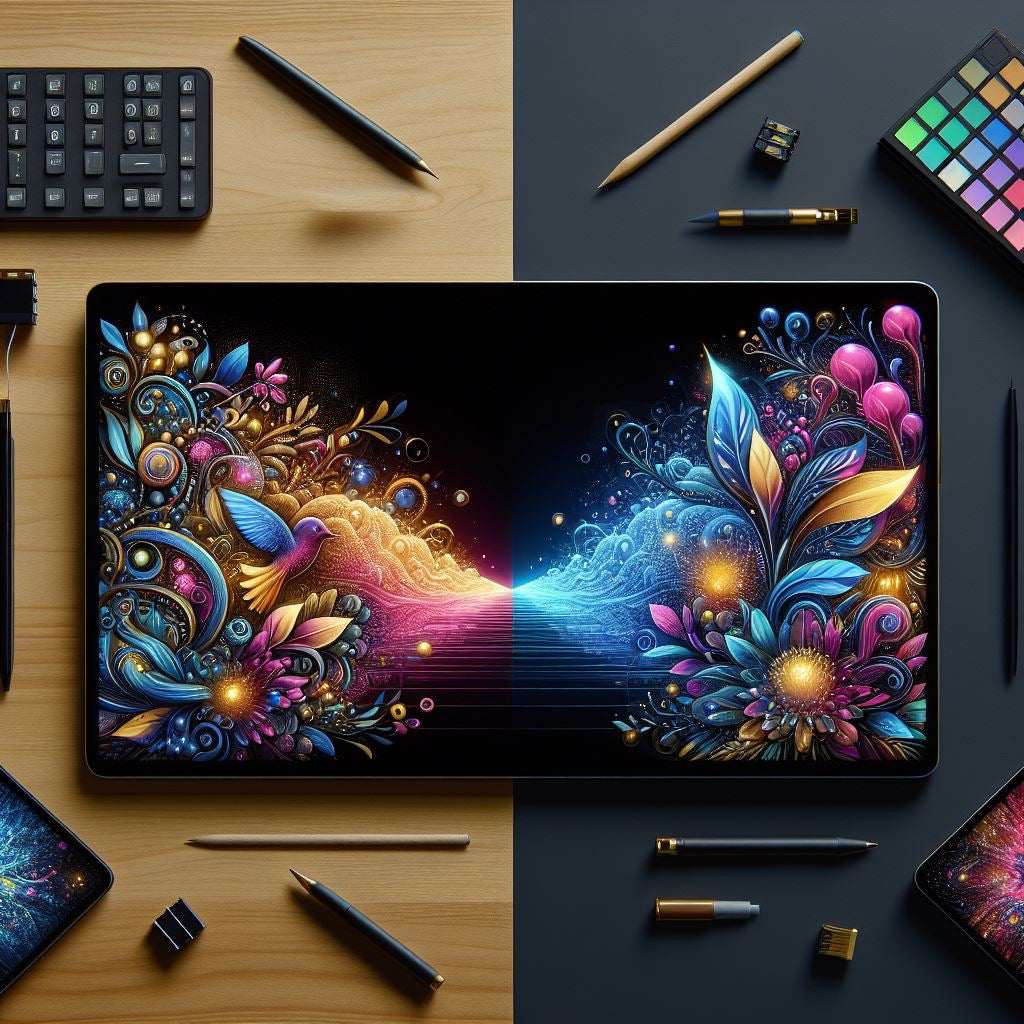| OLED Displays | Mini-LED Displays |
|---|---|
| Offers true blacks and excellent contrast ratios | Delivers brighter screens with more control over local dimming |
| More energy-efficient, especially when displaying darker images | Generally consumes more power than OLEDs |
| Potential for burn-in with static images over time | No risk of burn-in, making it better for static content display |
| Thinner and lighter designs possible | Can be slightly thicker due to LED backlight technology |
| Higher cost due to expensive manufacturing process | More cost-effective than OLEDs but still relatively expensive |
OLED vs. Mini-LED Displays: The Ultimate Comparison
In today’s fast-paced world of technology, displays have become an essential part of our daily lives. Whether we’re talking about smartphones, tablets, TVs, or even smartwatches, the quality of the display can greatly enhance our viewing experience. Two popular display technologies currently leading the market are OLED (Organic Light Emitting Diodes) and Mini-LED. Both have unique features and benefits, and choosing between them can depend on one's needs and preferences. Let's dive into a detailed comparison.What Are OLED Displays?
OLED technology is known for its ability to produce true blacks and excellent contrast ratios. This is because each pixel in an OLED display emits its own light, which means there's no need for a backlight. When a pixel is turned off, it's completely black, hence the true blacks. OLED displays are also highly energy-efficient, especially when displaying darker images since less light means less power consumption. This technology allows for thinner and lighter designs, making devices easier to carry and handle. However, OLED screens have a higher risk of burn-in, especially if the same static images are displayed over long periods. They also tend to be more expensive, reflecting their advanced technology.
What Are Mini-LED Displays?
Mini-LED displays, on the other hand, are seen as a bridge between traditional LED backlit displays and the more advanced OLED technology. As the name suggests, Mini-LEDs use thousands of tiny LEDs as a backlight, which gives these displays better control over local dimming zones. This control results in improved contrast and brightness compared to traditional LED displays but doesn't quite reach the level of OLED. Mini-LEDs are brighter than OLEDs and do not suffer from the risk of burn-in, making them a better option for screens that display static content for extended periods. While Mini-LED technology is cheaper than OLED, it is still considered premium and can be costly. Additionally, the necessity of a backlight makes Mini-LED displays slightly thicker and heavier than their OLED counterparts.
Choosing Between OLED and Mini-LED
The choice between OLED and Mini-LED technology ultimately hinges on what you value most in a display. If unparalleled contrast, deep blacks, and energy efficiency are your priority, and you prefer devices that are sleek and lightweight, OLED is the way to go. It’s perfect for movie lovers and gamers who crave that immersive viewing experience. On the other hand, if you prioritize brightness and longevity, and you consume a lot of static content like reading or displaying static images, Mini-LED might be more your speed. It’s also worth considering if you’re looking for something slightly more budget-friendly than OLED without severely compromising on image quality.
Key Takeaways
In conclusion, both OLED and Mini-LED displays offer significant advantages and some downsides. Choosing the right technology depends on your specific needs, preferences, and how you intend to use your device. OLED might be the best choice for you if you value superior contrast ratios and are concerned about energy consumption. Meanwhile, Mini-LED could be the way forward if you need a brighter display that's more resistant to burn-in. As technology advances, we can only expect both these options to improve, bringing even better viewing experiences to consumers worldwide.
Shop Logics Technology
